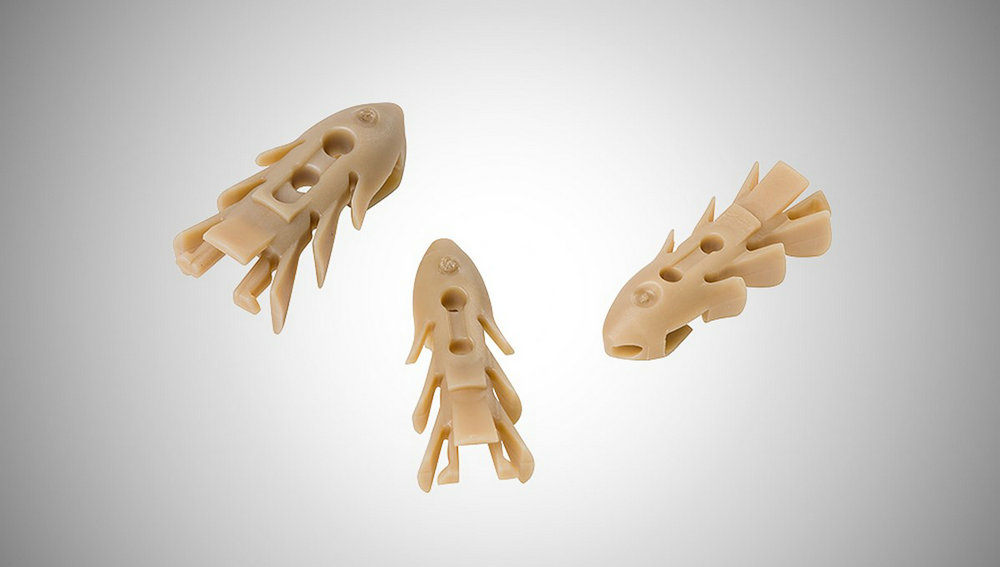
Polyether ether ketone (PEEK) is one of the most demanding high-performance polymers used in engineering, and its sensitivity to moisture makes proper drying an essential part of the injection molding workflow. The drying temperature, time, and overall moisture-control strategy directly affect the mechanical strength, surface quality, dimensional stability, and long-term reliability of the molded parts. Establishing a reliable drying curve before molding helps minimize internal defects and ensures consistent performance across production batches.
A well-managed PEEK injection molding process starts with complete monitoring and documentation of temperature and humidity conditions. Each batch of raw material should be paired with its corresponding drying curve and moisture-content record so the operator can confirm uniform material temperature and detect deviations early. Typical process logs include oven temperature, drying duration, hopper temperature, and moisture readings at sampling points. Recording these parameters ensures that any issues such as bubbles, discoloration, or internal voids can be traced back through the drying records for quick troubleshooting.
Drying data is most effective when presented as a curve rather than a fixed number. PEEK responds differently depending on material grade, particle size, or reinforcement type, so documenting a temperature-time window gives a clearer picture of how the material behaves during preheating, stabilization, and cooling. Integrating the drying curve with the injection-molding parameters also strengthens traceability. When an operator notices a visual defect during molding, the team can review the drying profile and determine if moisture was the cause.
Moisture control should extend beyond the drying equipment itself. Hopper transportation, storage, conveying tubes, and feeding ports all require anti-humidity measures to avoid secondary moisture absorption. Installing temperature and humidity sensors in these zones and connecting their readings to the process report helps ensure that every stage of material handling is protected. Proper operator training further reduces the risk of overlooked fluctuations and prevents material waste or rework.
During trial molding, verifying the drying curve becomes even more important. The molding team should adjust the drying time windows based on mold-flow analysis and real trial-part evaluation. Materials with different filler content or pellet sizes often show unique drying behavior, so including trial-molding results in the process database helps build reusable process templates. This database can also contain defect-to-parameter correlations, enabling operators to quickly match an observed defect with recommended drying or injection adjustments.
For quality management, drying records should be archived alongside mold-temperature curves and injection-pressure curves. Over time, this data helps identify long-term drift and provides insights for optimizing the PEEK molding process. In automated equipment, stable and consistent drying reduces internal stress in molded parts and improves follow-up processes like annealing, ultimately enhancing assembly accuracy and end-use reliability.
Systematic drying control is one of the most effective ways to reduce defect rates, improve heat and wear resistance, and stabilize production for high-performance PEEK components. Although drying temperature and duration may vary between material batches and equipment types, maintaining a structured record-and-verification system ensures consistent molding quality and better long-term results.
Disclaimer: This document is a technical sharing from ARKPEEK based on engineering practice and process management. It does not represent the only basis for determining production parameters. Actual drying temperatures and times should be set according to raw-material batch, equipment model, and trial-molding results.